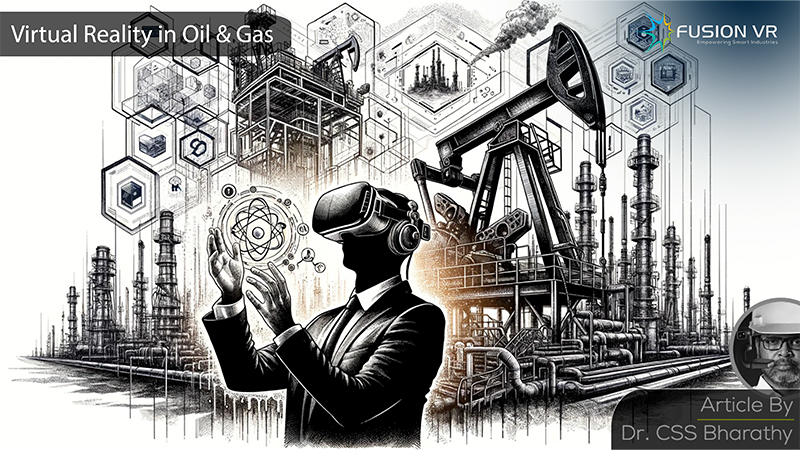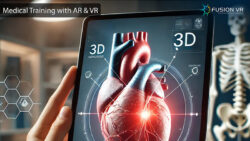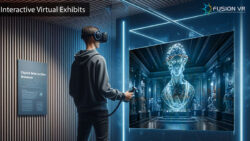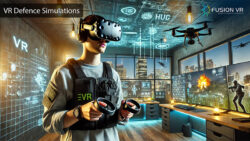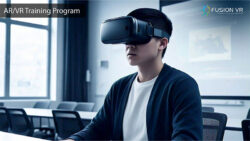The oil and gas industry is one of the world’s most important and valuable sectors. This industry provides us with the energy we need to power our homes, businesses, transportation systems etc. Every corner of the world is feeling its impact. With the rising demand, the industry is constantly looking for ways to improve its efficiency and productivity.
However, even as technology continues to evolve, the industry is constantly looking for innovative ways to increase efficiency, reduce costs and improve safety. One of the most promising new technologies that will make a difference in Virtual Reality (VR). VR in the oil and gas industry will help to visualise complex data sets in the oil and gas industry, plan & simulate projects, and train employees.
The oil and gas industry has been a significant player in the global economy for decades. Over the years, it has seen several technological advancements, such as implementing computer-aided engineering and applying advanced sensors & data analysis tools. Recently, another revolutionary technology that has been gaining traction is Virtual Reality (VR).
In VR, a three-dimensional environment is simulated, with which a person can explore and interact. It has become increasingly popular in recent years, and many businesses are now using it to improve their operations. For example, in the oil and gas industry, VR gives workers a more realistic view of their environment and enhances existing safety protocols.
The oil and gas industry can use VR technology in multiple ways. For example, VR allows workers to practice operating in a virtual environment and become familiar with the layout and safety procedures before they do it in real life. In addition, industrial workers can use VR to simulate emergency scenarios to practice to perfection their response to potential hazards.
The first step in using VR in the oil and gas industry is to create 3D simulations of the plant. This can be done by using existing engineering data and other sources. Once completed, the 3D models can be programmed to simulate the project in real time.
Operations Planning with VR in Oil and Gas Industry
The applications of Virtual Reality in oil and gas can also include training the employees on how to operate and maintain equipment. Instead of using physical equipment or scale models, VR can provide operator training simulators where employees can practice and learn how to handle the equipment, which can help reduce training costs, as it would comparatively cost less than traditional training and improve safety. It also allows them to practice innumerable times, something which is not possible in a real plant. They also can learn from their mistakes and inculcate best practices.
By utilising VR, oil and gas companies can better understand their environment, allowing for more informed decision making. One of the other primary uses of VR in the oil and gas industry is for operations planning. VR will enable operators and engineers to virtually explore potential sites, taking into account features such as terrain, weather, and other factors to create a comprehensive plan for drilling or other operations.
Moreover, VR can simulate the working environment, allowing engineers and operators to practice and hone their skills before deployment, which can help to reduce the risk of accidents and improve safety. The new employees can also take training using the latest equipment and technologies, using VR, to gain experience without needing expensive on-site training.
In conclusion, Virtual Reality is rapidly transforming the Oil and Gas industry by allowing companies to visualise better, analyse, train workers, and manage their operations. It provides a more efficient and effective way of operating and opens new possibilities to understand the environment better, improve safety standards and reduce costs. Implementing Virtual Reality in Oil and Gas industry is paving the way for a safer and more efficient future.

